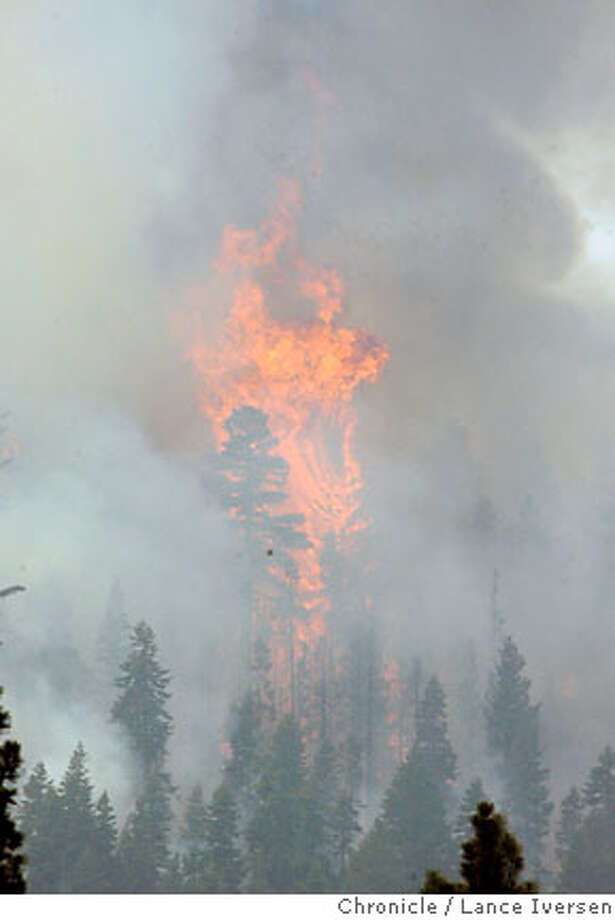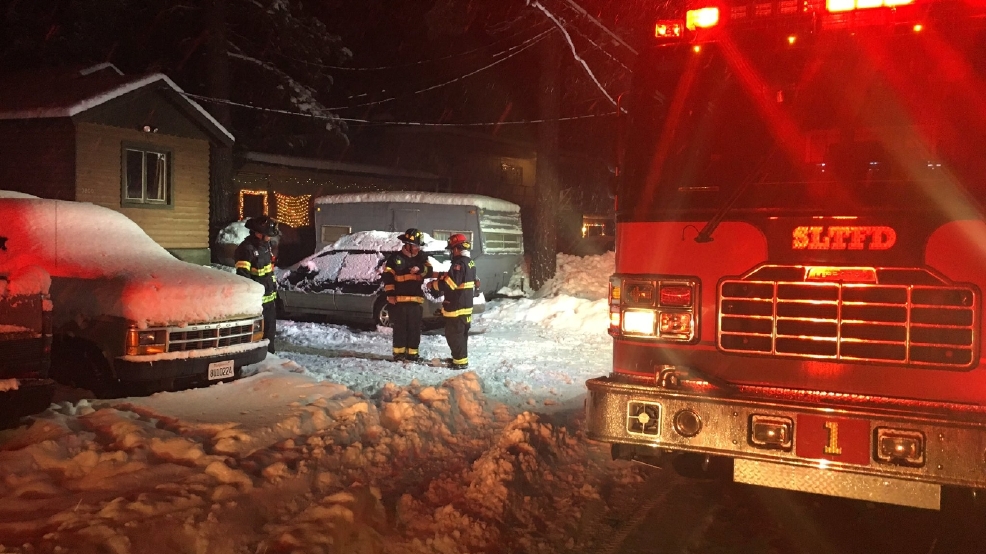

The fire which had been swiftly moving across the treetops began to slow, and then drop down to the forest floor. Less material available to burn tempered the fire’s extreme behavior, he said. Jacobson helped plan and conduct many of the prescribed burns and mechanical thinning projects in the area that would later interact with the Caldor Fire. Throughout the preceding decade, the Forest Service along with state and local land managers had been conducting forest management projects in the surrounding forests and, in doing so, had prepared for the oncoming Caldor Fire.Īs the fire made its way down from Echo Summit it began to burn through areas where combustible materials had been reduced by mechanical thinning (the removal of trees from overstocked forests), and prescribed burns (controlled, low-intensity burns under favorable conditions to clear excess debris from the forest floor).

30, when the Caldor Fire arrived in South Lake Tahoe, one subtle yet critically important factor helped firefighters defend homes and businesses – fuel treatments a decade in the making. Fanned by the wind and fueled by dense, overstocked forests, the fire grew at unprecedented rates ranging from 10,000 to 40,000 acres per day.Īt the time, fire modeling projected that in the coming days the fire would climb natural drainages running from the Pacific Ocean to Echo Summit overlooking Lake Tahoe. the wind picked up, bending the flames northeast toward Lake Tahoe Basin, about 30 miles away. 16, when the Caldor fire was only three days old. These are just some of the dangerous behaviors exhibited by an extreme wildfire that can limit strategies available to firefighters to suppress the flames, said Jacobson. Under these conditions, fires can burn so hot that retardant or water dropped by aircraft have little to no effect. High winds exacerbate the situation, creating unsafe conditions for firefighters to attack the fast-moving flames. The upward draft in these clouds is strong enough to throw embers miles away, sparking new wildfires, commonly referred to as spot fires. As the air gets drawn into the fire, pyrocumulus clouds form in what looks like a column of smoke. For example, these high-intensity fires can often create their own weather.

Very large fires, like the Caldor Fire, are not just characterized by the enormous areas of wildland they consume but also by the extreme behavior they exhibit. USDA Forest Service photo by Kaleena Lynde. “The rate a fire like that moves and the heat it generates doesn’t allow firefighters to get close enough to directly suppress the flames.”Ĭaldor Fire on the evening of September 9, 2021. Hundred-foot flames were moving fast through the tree canopy,” Jacobson said. “When the Caldor Fire came into Tahoe it was a crown fire. Kyle Jacobson, a USDA Forest Service Fire Management Officer in the Lake Tahoe Basin, has worked in the area for 15 years, fighting fire and working to prevent extreme fire behavior. However, long-time firefighters will tell you ‘these days, wildland fires are far from ordinary.’ Exacerbated by drought and climate change, they can spread over hundreds of thousands of acres and burn with an intensity that once was uncommon. A ridgeline like the one at Echo Summit ordinarily would have served as a strategic location, a point where firefighters might stop the flame’s advance. One such instance occurred in late August at the southern edge of South Lake Tahoe, a mountain community of about 22,000 residents.ĭespite suppression efforts, the Caldor Fire burned up and over Echo Summit, crossed a ridgeline, and continued to spread down into the Lake Tahoe Basin. USDA Forest Service photo by Cecilio Ricardo Locals gathered for several days near the Incident Command Post in South Lake Tahoe. South Lake Tahoe residents thank firefighters for protecting their homes.


 0 kommentar(er)
0 kommentar(er)
